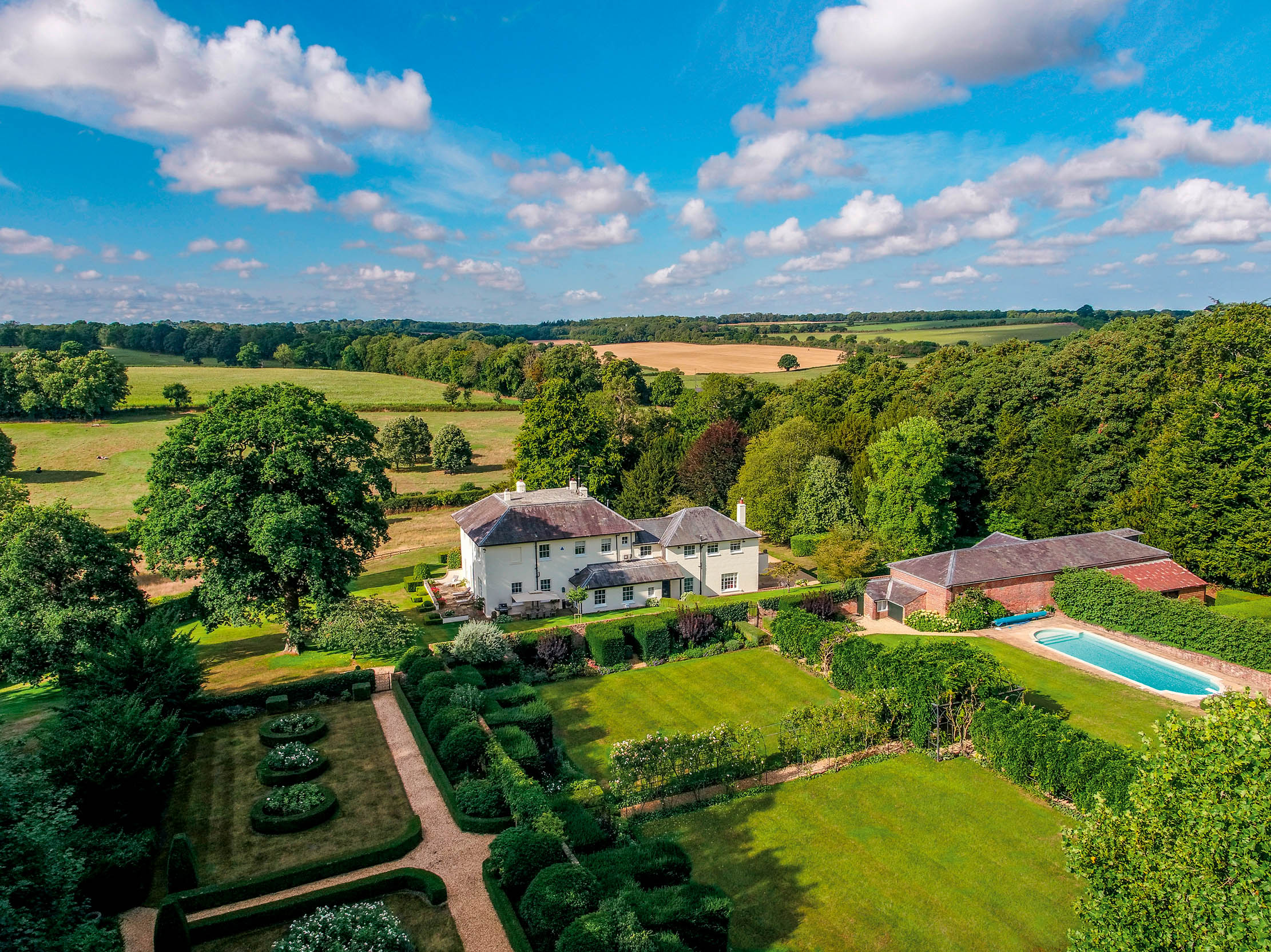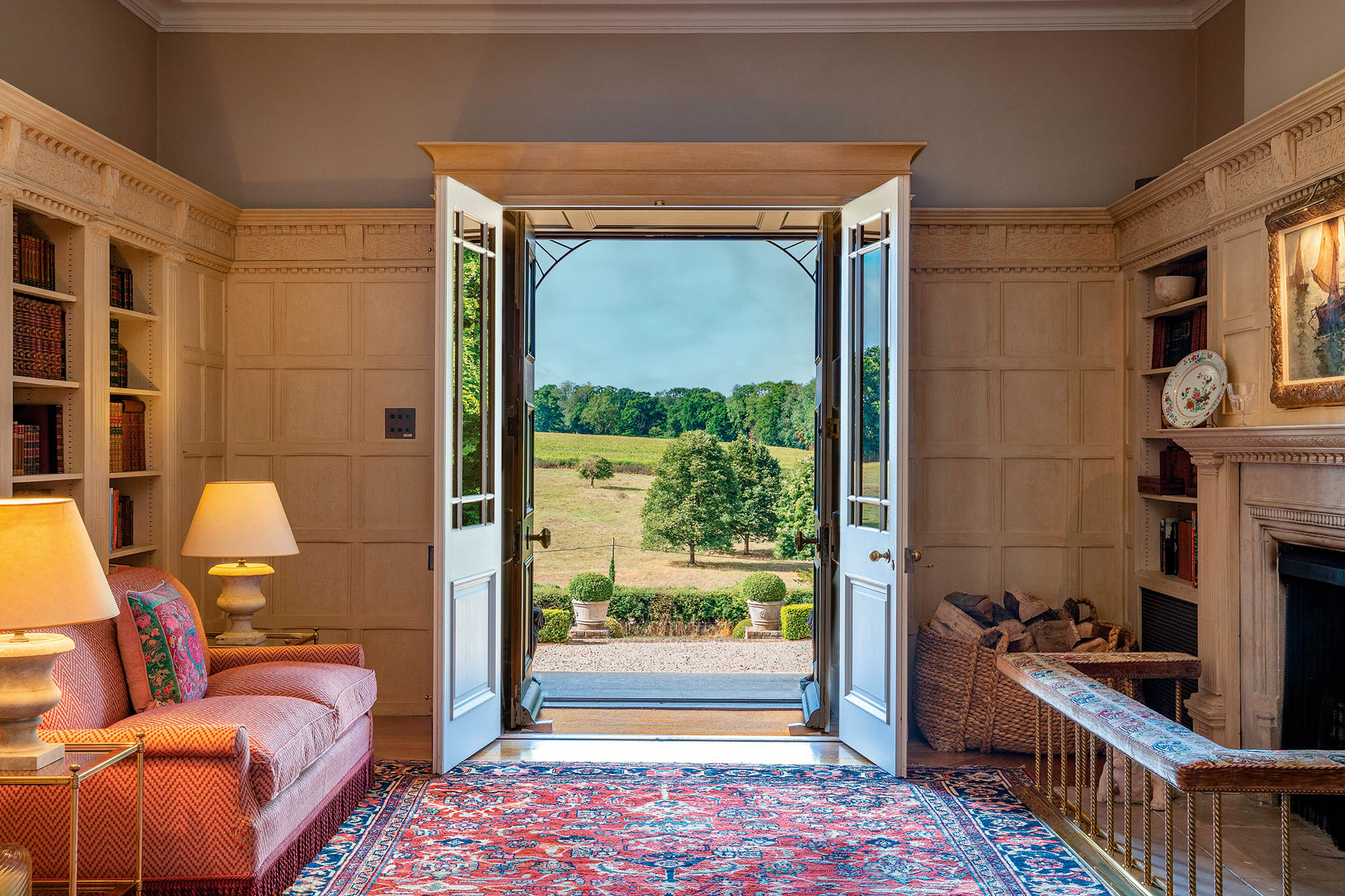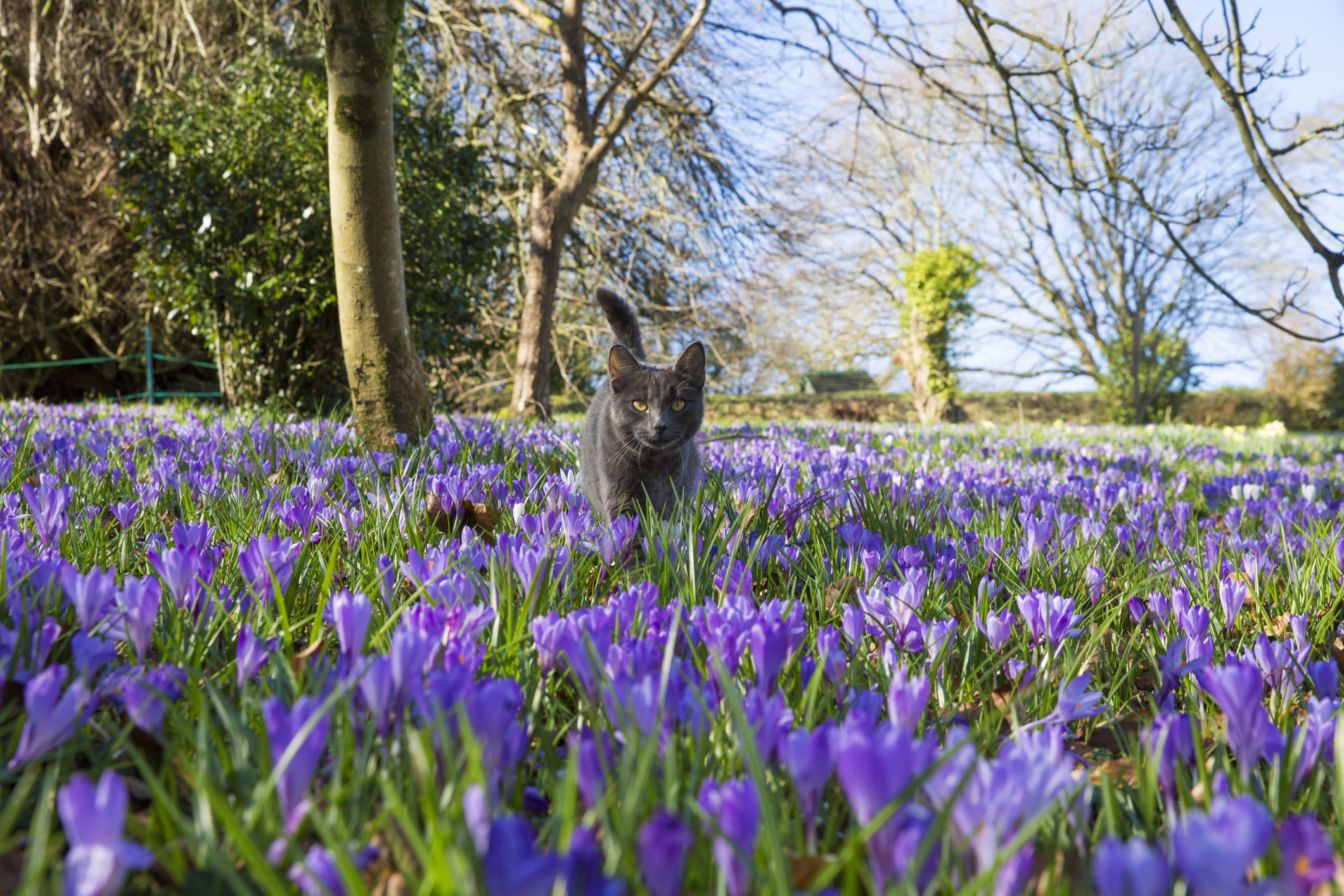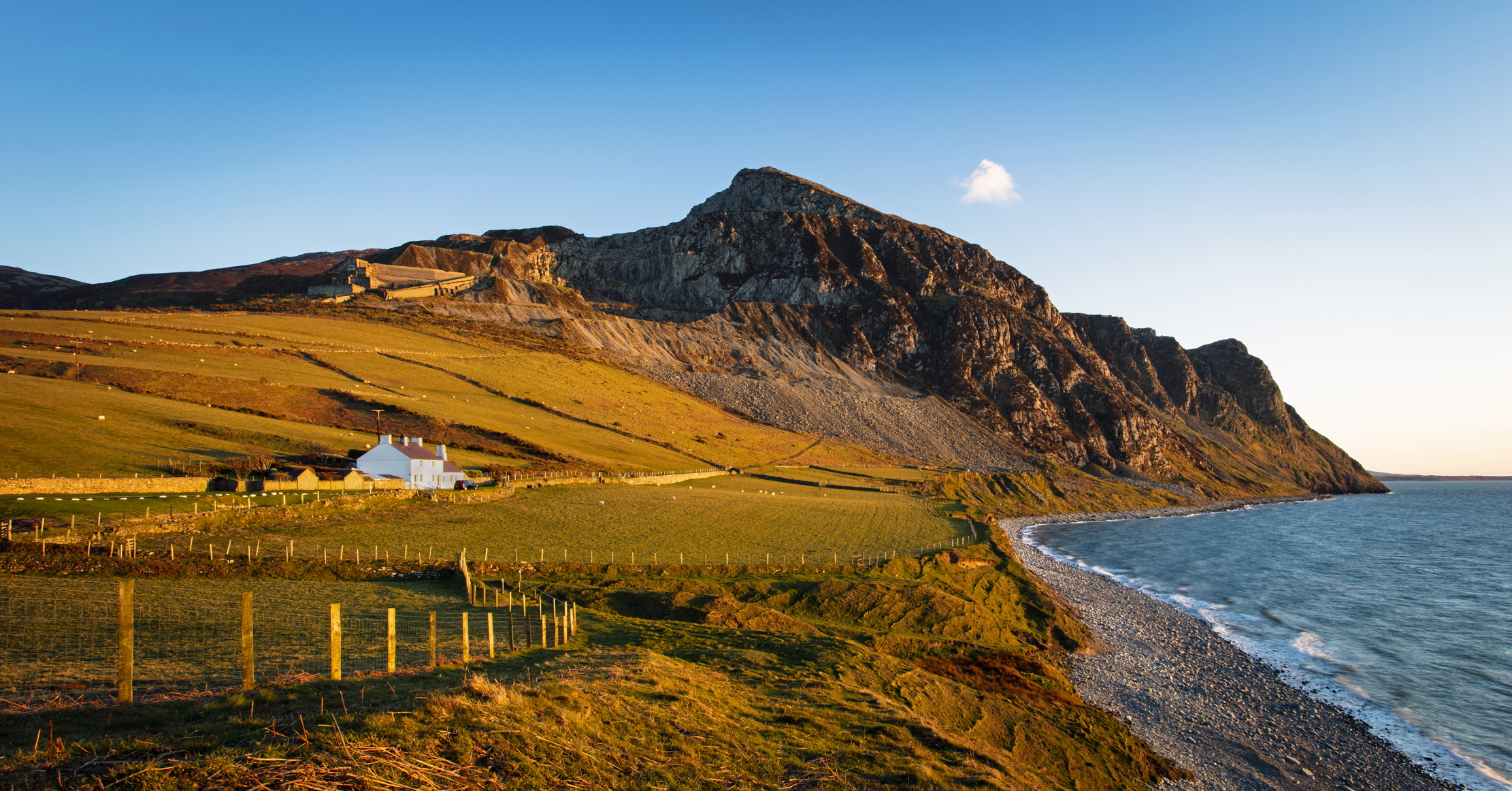The old rectory in the village where Jane Austen was born is up for sale — and it's a gorgeous Hampshire masterpiece
Jane Austen's wealthy older brother tore down the house in which the great writer was born — and the home that he replaced it with is now on the market: Steventon House.


When would-be buyers of country houses dream about their perfect property, what’s often conjured up is a handsome, square-built Georgian-era old rectory or vicarage in a pretty village with a bit of land and views of the surrounding countryside. Quintessentially English, their appeal stems from a combination of beautiful architecture that boasts rooms with excellent proportions and an idyllic setting often next to a church in the heart of a community. They are also ideally sized for today’s families — with four, good-sized reception rooms, five or six bedrooms and large, but manageable, gardens.
Steventon House — a Grade II-listed former vicarage which has launched to the market with Savills and Knight Frank with a guide price of £8.5 million — is exactly such a place. And if you’re getting all sorts of Jane Austen vibes from the picture of this beautiful house, there’s a very good reason for that: this is the old vicarage in the village where Austen was born, and has a direct link with the writer herself.

In June 2023, The Old Rectory Society, formed in 2006 by the former Daily Telegraph editor Charles Moore, is hosting a Jane Austen day. The society is unequivocal about the position of such houses in our built heritage: according to its website, they are ‘some of our country’s greatest repositories of architectural, social, cultural and religious history’.
The visit begins at Chawton, the Hampshire village where Austen and her sister, Cassandra, lived for the last eight years of her life; the cottage is now a museum. It later takes in The Old Rectory in nearby Bentley, where a brother was curate. It doesn’t, however, make reference to another local village, that of Steventon, where Austen was born. Lying a few miles south-west of Basingstoke, Austen’s father was rector of the small, 12th-century church of St Nicholas in Steventon. It’s thought that she wrote parts of Pride and Prejudice and Northanger Abbey when living in the rectory, which she described as the most tranquil period of her life.

When her father retired in 1801, the next eight years of her life were spent moving from one lodging to another in Bath and other places and she couldn’t write again until arriving at Chawton Cottage in 1809. Anyone going in search of Jane’s childhood home today will come away from the village disappointed.
By the time her father had retired, Jane’s elder brother, Edward, had inherited several estates, including Chawton, from his relative and benefactor Thomas Knight; the Knights, being childless, had chosen Edward as their heir, and indeed he took their surname. When Edward's son (and Jane's nephew) William Knight took over as rector of Steventon in 1823, the decision was made to pull down the existing rectory — Austen’s former home and birthplace — and build a new one in a more elevated position on the opposite side of the road. Speculations vary as to the reasons behind this decision, but it’s thought that the old house wasn’t well situated, required extensive repairs following flooding, or simply wasn’t grand enough. In any case, the much grander vicarage for William was built, and is thought to have been completed sometime in the 1820s.

According to the Jane Austen Society, a lime tree, believed to have been planted by Jane’s brother, marks where the original rectory stood in the village. Others point to a water pump. In 2012, the BBC reported on the findings of an archaeological dig in the same field. By assessing the exact size and location of the remaining evidence of the building’s foundations, the team was able to match it to the house, illustrations of which had been published in the memoirs of Jane Austen’s nephew and first biographer, James Edward Austen-Leigh, in 1869.
Sign up for the Country Life Newsletter
Exquisite houses, the beauty of Nature, and how to get the most from your life, straight to your inbox.

The new rectory is a handsome Georgian family home with white stucco elevations, elegant sash windows and a slate roof. It was sold to the 2nd Duke of Wellington in 1855 and remained as the rectory for the village until 1930 when the parishes of North Waltham and Steventon were amalgamated.
Approaching what is now known as Steventon House via an attractive tree-lined drive, it’s easy to understand why the ambitious new rector chose the position: the main reception rooms enjoy far-reaching views across the gardens and parkland beyond. The house was last on the market in 2009 and the current owners have carried out an extensive programme of refurbishment in a classic country-house style during the intervening period.

There is an attractive double-aspect kitchen/breakfast room that opens out onto the garden and the house stands in more than 50 acres, with a walled garden complete with seating enclosures and a heated swimming pool. To the west of the walled garden is a greenhouse, kitchen garden and extensive wildflower ride through the trees to the bottom of the drive where there is a useful two-bedroom cottage.

Joint selling agent Edward Sugden of Savills country-house department anticipates that the location near some of the best prep schools and public schools in the country, as well as being accessible or commutable for London, means there’s ‘a strong likelihood of a City- or finance-based family buyer’ coming forward.

Although this part of the countryside was once dominated by stockbrokers, Mr Sugden points out that, today, wealth creation is much wider, from fin-tech to app designers to green energy and health sectors.

‘Not only is it a particularly fine house in a beautiful mature setting, but the world-famous Jane Austen connection gives it a sense of place, history and romance,’ he adds.
‘This will widen its appeal, especially to international buyers, who are a strong sector at this level of the market, especially from the US.’ Edward Cunningham, of Knight Frank, believes the sale offers ‘the opportunity to own a slice of history, in touching distance of London’.
Steventon House is on the market with Savills and Knight Frank with a guide price of £8.5 million.

Credit: Strutt and Parker
Best country houses for sale this week
An irresistible West Country cottage and a magnificent Cumbrian country house make our pick of the finest country houses for
-
 The King's favourite tea, conclave and spring flowers: Country Life Quiz of the Day, April 22, 2025
The King's favourite tea, conclave and spring flowers: Country Life Quiz of the Day, April 22, 2025Tuesday's Quiz of the Day blows smoke, tells the time and more.
By Toby Keel Published
-
 London is the place for me* (*the discerning property buyer)
London is the place for me* (*the discerning property buyer)With more buyers looking at London than anywhere else, is the 'race for space' finally over?
By Annabel Dixon Last updated
